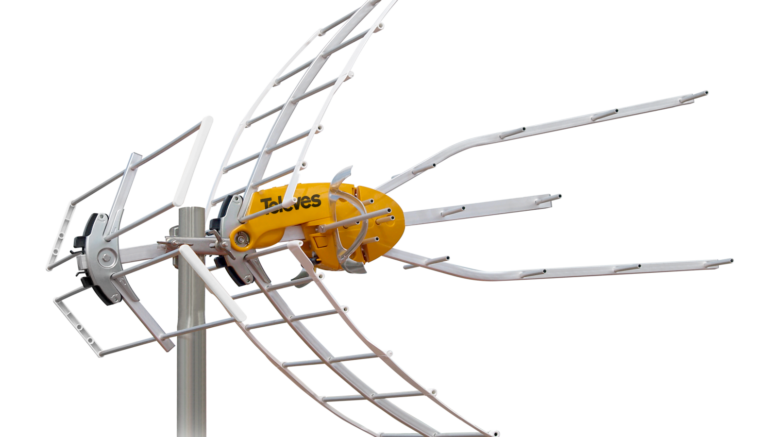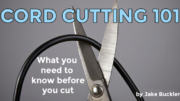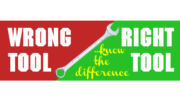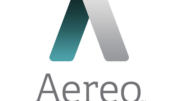If you live in a large apartment building, can you share antennas? Whether it’s a satellite dish or a TV antenna, the basic technology is the same. Not only is it possible for everyone in an apartment to share an antenna, it’s actually pretty easy if you know how. This is an important message for building owners who don’t like to see a lot of stuff on the roof, and for renters who can’t put equipment up for themselves.
Using one antenna for everyone can be done one of two ways. The simplest is a series of amplifiers and long cables that delivers the same signal to every apartment. With the old-style broadcast system in place in this country before 2009 this was difficult but not impossible. With digital broadcasting (now used for both over-the-air antenna and satellite) it’s a lot easier to get a good strong signal to every apartment
Watch the noise floor
Digital broadcasting pushes out a very complex compressed signal to receivers in the form of ones and zeroes. This works better in most cases than the old system (except when it doesn’t) because if the TV’s tuner or satellite receiver can tell the difference between a one and a zero then you get a picture. The key to that is managing noise.
When you’re distributing a signal to a bunch of places, you use a lot of cable and equipment. It’s important to manage the amount of noise added to a signal because the noise can never really be removed. Everything you do, whether it’s adding an amplifier or a long run of cable, adds noise. It raises the noise floor — effectively raising the point where the signal disappears into the background. I’ve told you before that managing noise is really the most important thing with digital broadcasting, more important than raw signal strength. Done with care, you can keep boosting the signal from an over-the-air antenna or satellite dish so that it reaches hundreds or thousands of apartments.
Master Antenna Television
There’s another way that a single antenna can serve more than one apartment. Today we call it a headend but it was originally called master antenna television, or MATV. One antenna feeds into a bunch of tuners in a central closet. The resulting signal is processed and amplified, then distributed to individual apartments. If it’s an antenna it’s technically MATV, while if the signal comes from space we’d call it SMATV, or satellite master antenna television.
The benefit of a headend system is that the signal is very strong so it can be distributed easily. Every TV in the apartment complex can get the signal, generally without any other sort of box. On the other hand, the downside is that the more channels you want to add, the more it costs to build. A headend system only receives the channels it’s designed to. In the old days when a city had between 4 and 10 channels that wasn’t a problem. Today there can be 100 over-the-air sources and 1,000 satellite TV channels. A headend makes the apartment owner pick and choose to decide what to offer. This is the sort of system commonly found in hotels. It was once common in apartment complexes as well but these days people want more channel selection.
Choose wisely
If you are an apartment owner or just live in a large building, you have a lot of choices. If you’re not sure what to pick, call your friends at Signal Connect, the commercial arm of Solid Signal. They will help you figure out the best option for you and recommend the best way for you to get all the TV content you want! The number is 888-233-7563. We have professionals on staff who can help you choose the right options, and we can even help you combine antenna TV with cable or satellite. We’ll look at your situation from every possible angle. Then, we’ll recommend the best option.
Call us at 888-233-7563. We’re here for you during East Coast business hours. If it’s after hours, fill out the form below. We’ll get right back to you!





